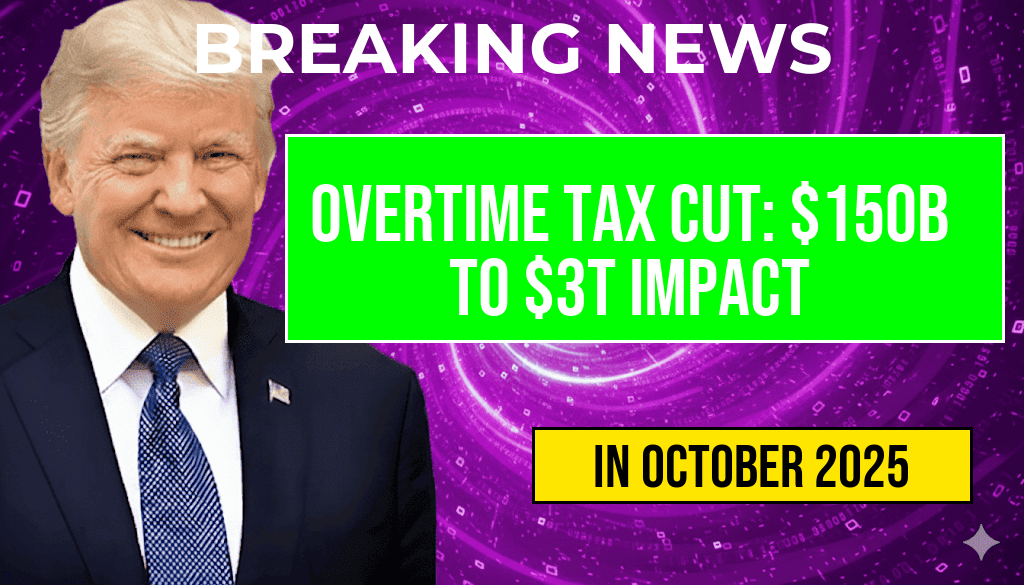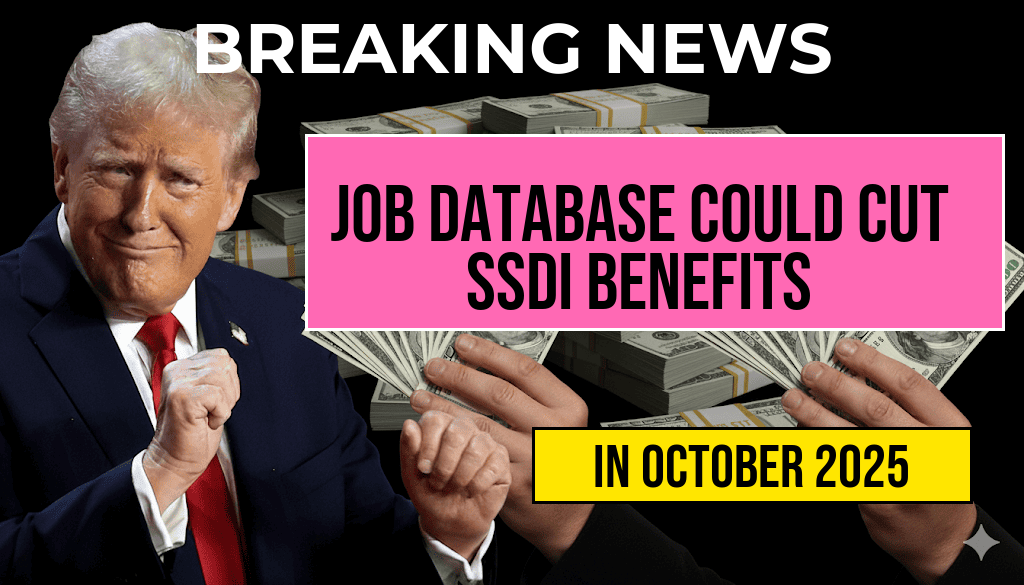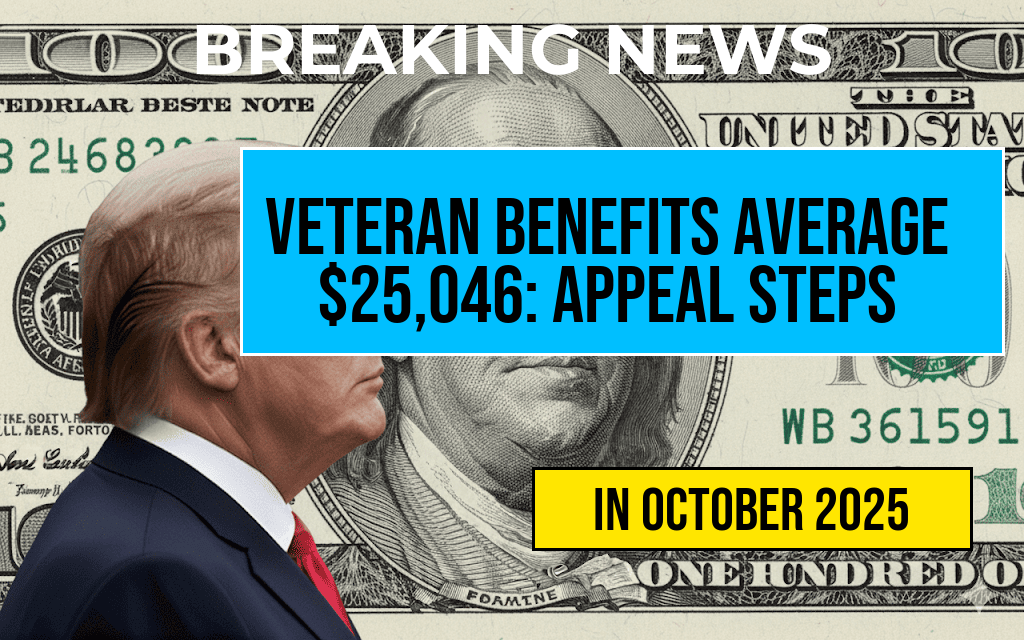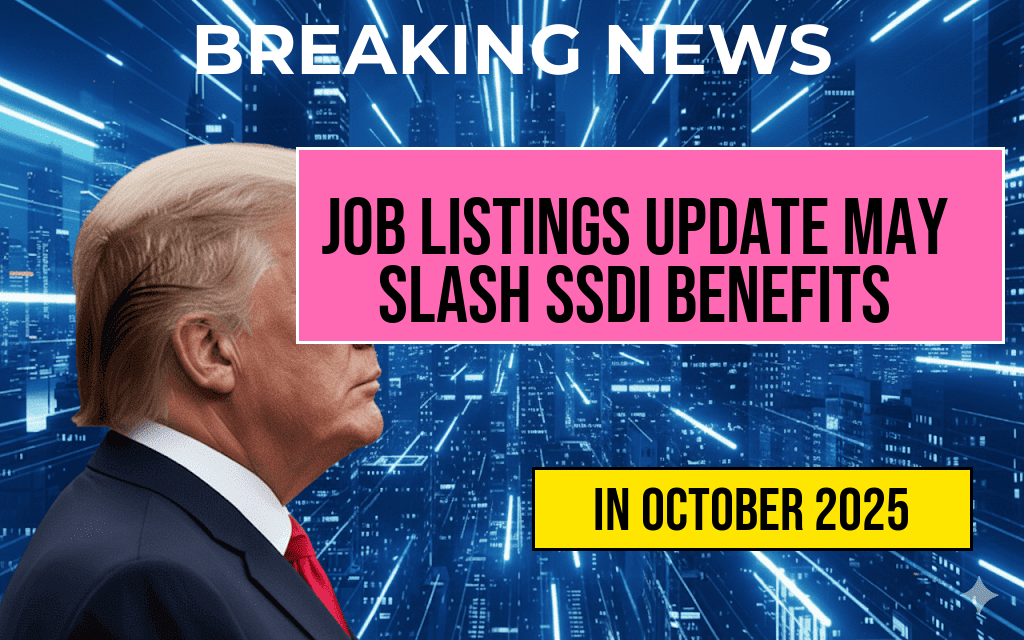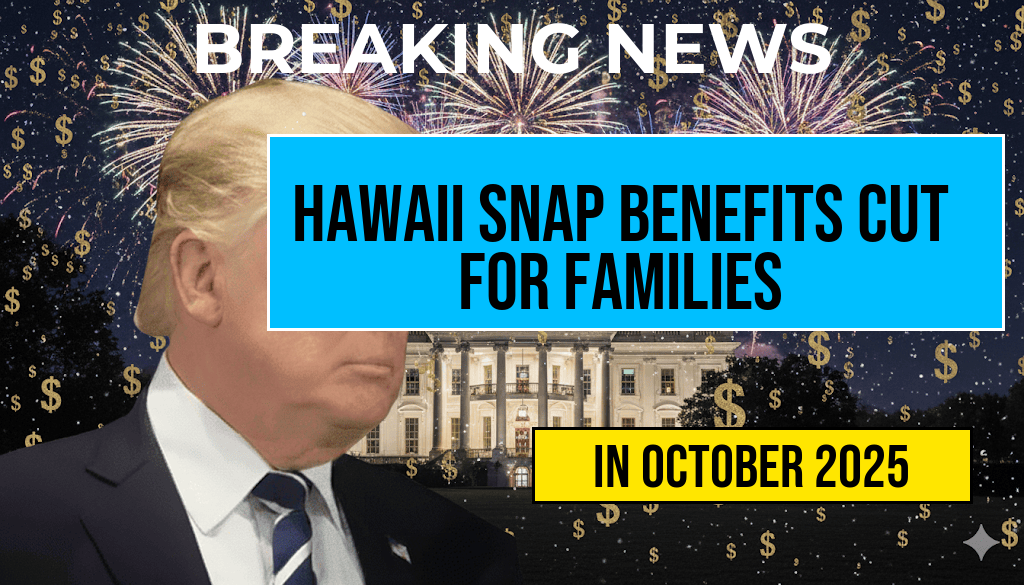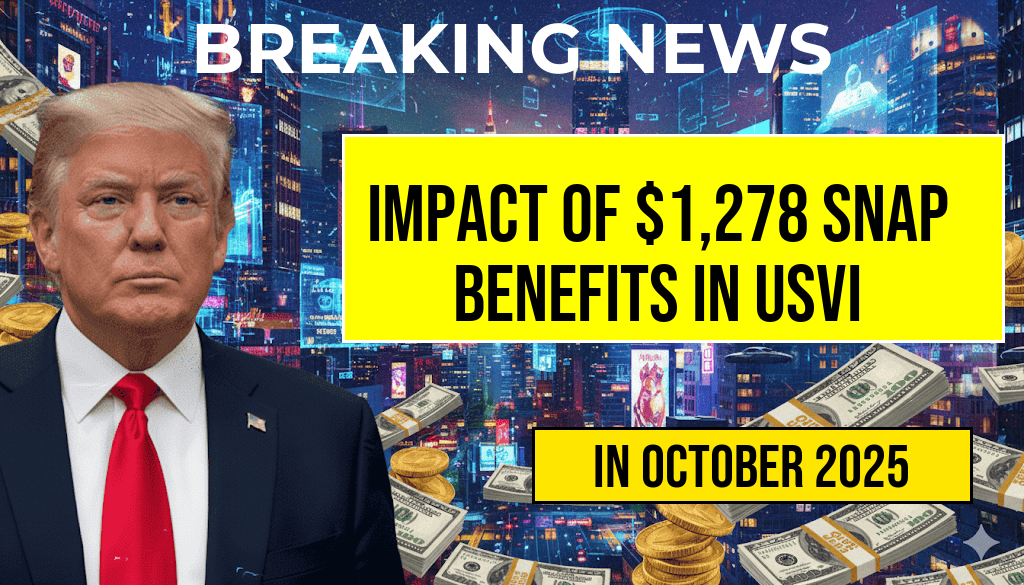In a significant development affecting thousands of borrowers, many individuals recently received emails indicating that their student loan balances have been forgiven, reflecting a total balance of $0. This unexpected news has stirred a wave of responses across the country, as borrowers grapple with the implications for their financial futures. The U.S. Department of Education has been working to streamline processes and rectify discrepancies in student loan accounts, leading to this momentous wave of forgiveness. As concerns about the broader economic impact and personal finance management grow, understanding the ramifications of these changes is crucial for those who have been affected.
Understanding the Student Loan Forgiveness Landscape
The landscape of student loan forgiveness has been evolving, particularly since the COVID-19 pandemic prompted the government to reevaluate its policies. The recent emails signaling $0 balances are part of ongoing efforts to provide relief to borrowers who have faced difficulties in repayment.
Who is Affected?
- Borrowers who have been in repayment for extended periods.
- Individuals who have been enrolled in specific repayment plans, such as Income-Driven Repayment (IDR).
- Former students who attended schools that have been under scrutiny for fraudulent practices.
These notifications have primarily reached those who are eligible under the Public Service Loan Forgiveness (PSLF) program and other targeted relief initiatives. As a result, many recipients are now weighing their next steps in the wake of this life-changing news.
Implications for Personal Finances
Receiving an email stating a $0 balance can provoke mixed feelings. While the relief from debt is welcome, it also raises questions about financial planning and future educational expenses. Here are some implications to consider:
Impact on Credit Scores
The forgiveness of student loans may lead to a positive shift in credit scores for many borrowers. With less debt to carry, individuals could see an improvement in their credit utilization ratio, a key factor in credit scoring. This change can result in better loan terms for future borrowing needs.
Future Education Financing
For students considering further education, the implications of forgiveness could shift the landscape of financial aid. Understanding how these changes affect federal and private loans is vital. Borrowers should stay informed about how the Department of Education’s policies may influence future borrowing limits and interest rates.
What Borrowers Should Do Next
As borrowers digest this information, several steps can be taken to ensure their financial health remains intact:
- Review Your Financial Situation: With the removal of student debt, assess your overall financial health. This includes evaluating savings, investments, and other debts.
- Stay Informed: Keep abreast of any additional changes in student loan policies. Resources like the Federal Student Aid website can provide timely updates.
- Consider Financial Counseling: For those unsure about managing newfound financial freedom, consulting with a financial advisor can offer tailored strategies for budgeting and investing.
Long-term Economic Considerations
The wave of student loan forgiveness could have broader economic effects. As borrowers experience reduced financial burdens, they may increase spending and investment, which can stimulate economic growth. Conversely, some economists express concerns that widespread forgiveness could lead to inflationary pressures or increased government spending.
| Effect | Potential Outcome |
|---|---|
| Increased Consumer Spending | Potential boost to local economies and businesses |
| Investment in Housing | More individuals may enter the housing market, increasing demand |
| Inflation Risks | Possible upward pressure on prices due to increased spending |
As the dust settles from this recent wave of forgiveness emails, borrowers are encouraged to stay proactive in managing their finances and understanding the broader implications of these changes. For comprehensive details on student loan forgiveness and related policies, visit reputable sources such as Forbes and U.S. Department of Education.
Frequently Asked Questions
What does it mean to receive a forgiveness email indicating a $0 balance?
Receiving a forgiveness email indicating a $0 balance means that your outstanding loans or debts have been forgiven, and you no longer owe any money. This can significantly impact your financial situation and improve your credit score.
How will this forgiveness impact my USD funds?
The forgiveness of debts can free up your USD funds for other financial needs, allowing you to invest, save, or spend without the burden of previous obligations. However, it is important to understand any tax implications that may arise from debt forgiveness.
Are there any tax implications associated with debt forgiveness?
Yes, in some cases, forgiven debt may be considered taxable income. It is crucial to consult a tax professional to understand how receiving a forgiveness email could affect your tax situation and whether you need to report this forgiveness on your tax return.
Who is eligible to receive these forgiveness emails?
Eligibility for receiving forgiveness emails typically depends on specific criteria set by the program or institution offering the forgiveness. Factors may include the type of loan, payment history, and adherence to program guidelines.
What steps should I take if I receive a forgiveness email?
If you receive a forgiveness email, it is advisable to verify its authenticity, keep a copy for your records, and consult a financial advisor or tax professional to understand the implications for your finances and taxes.


